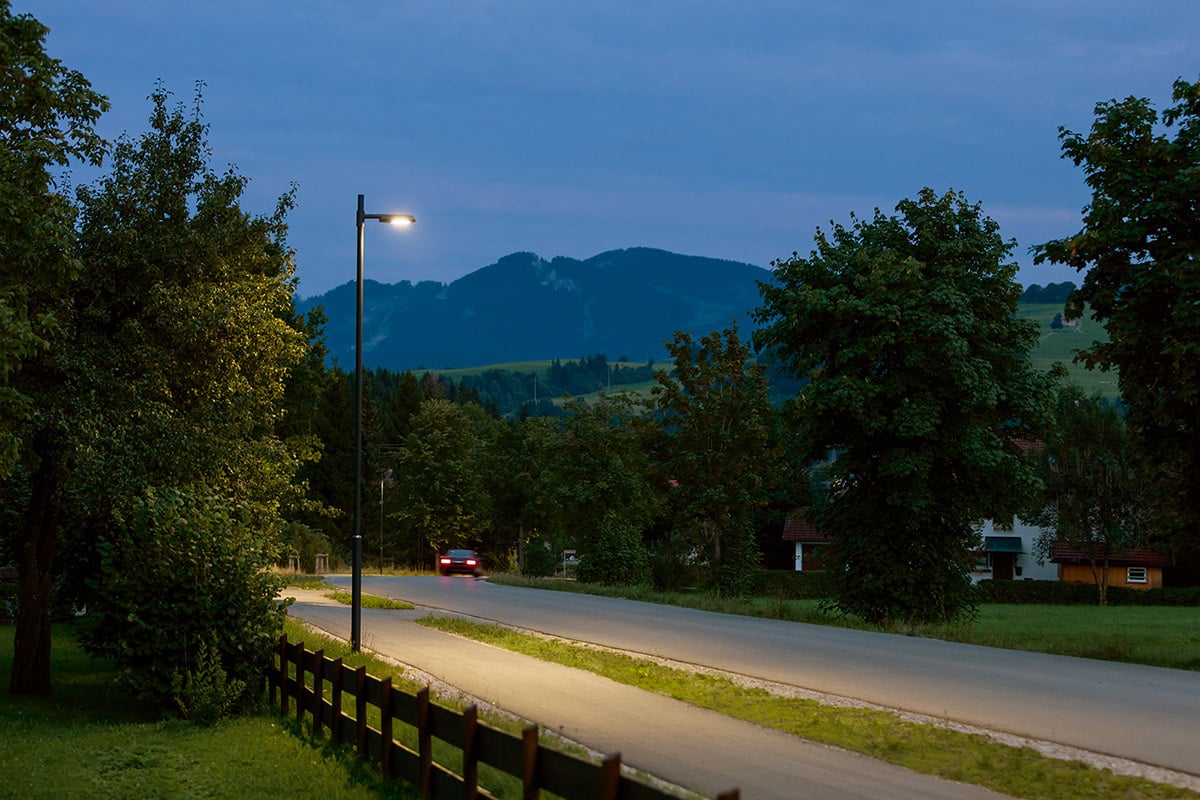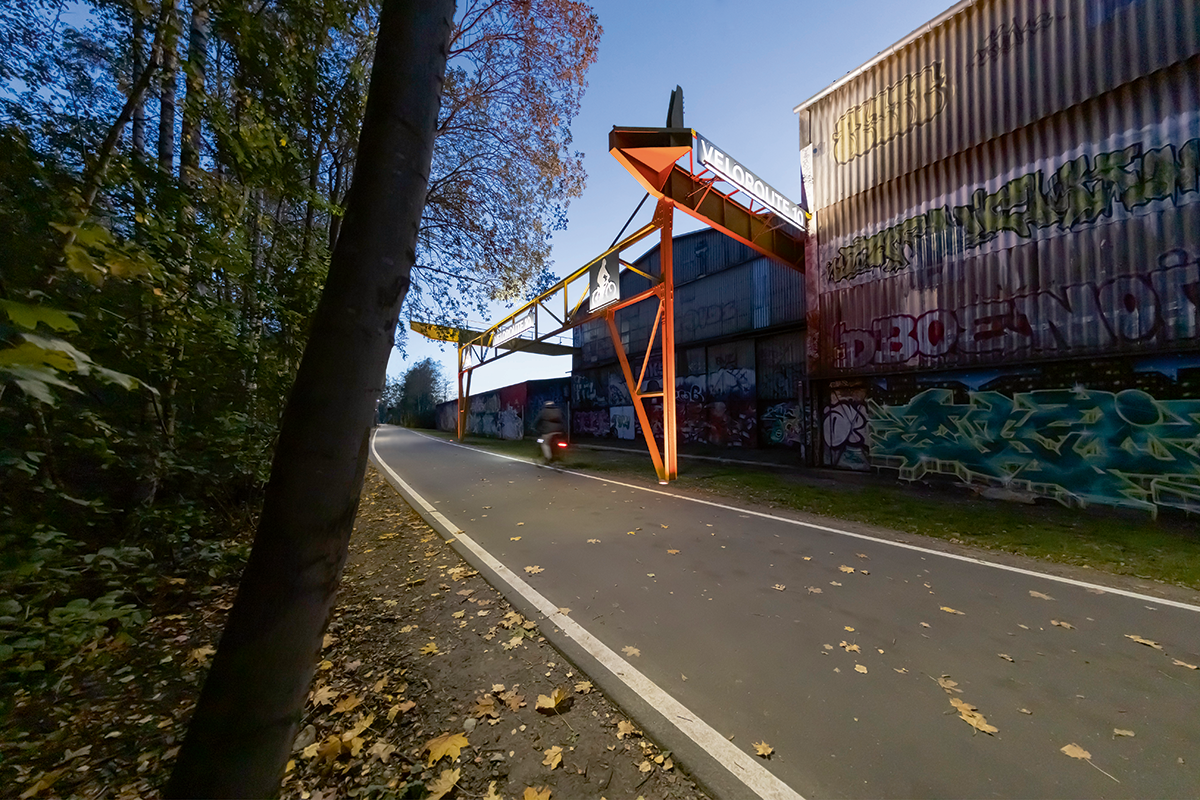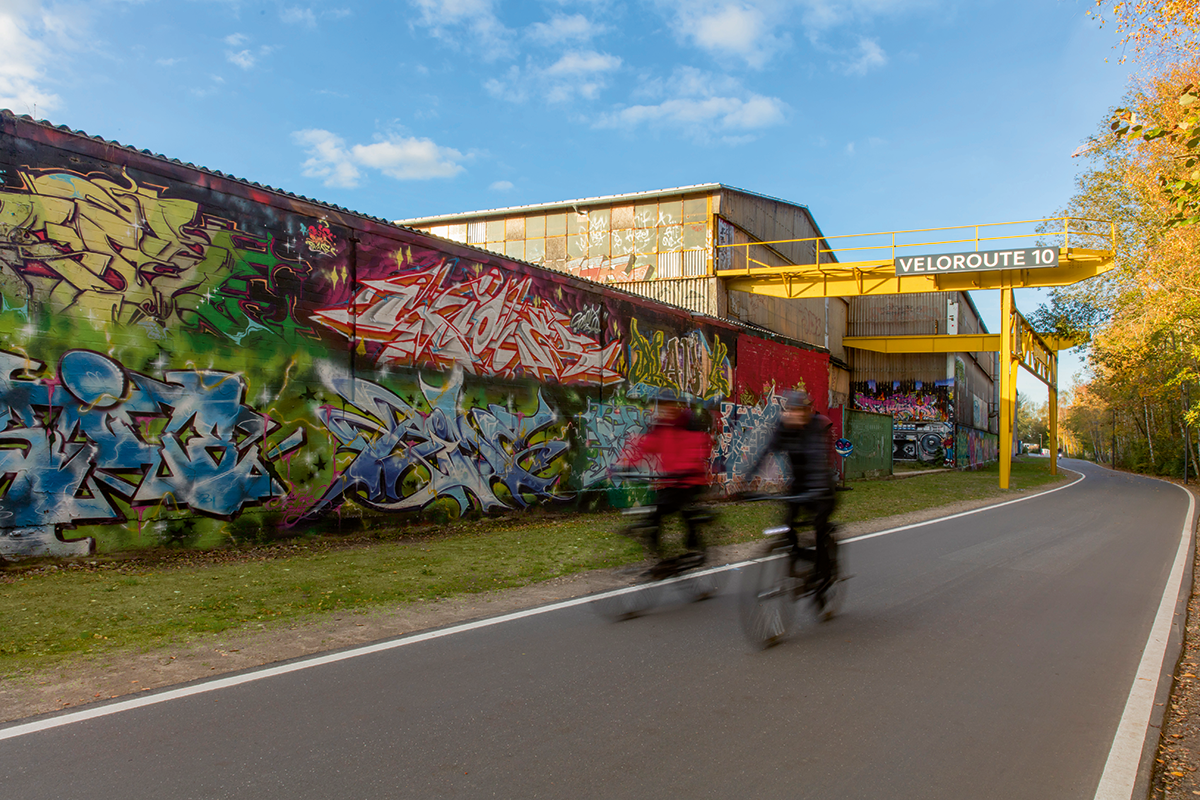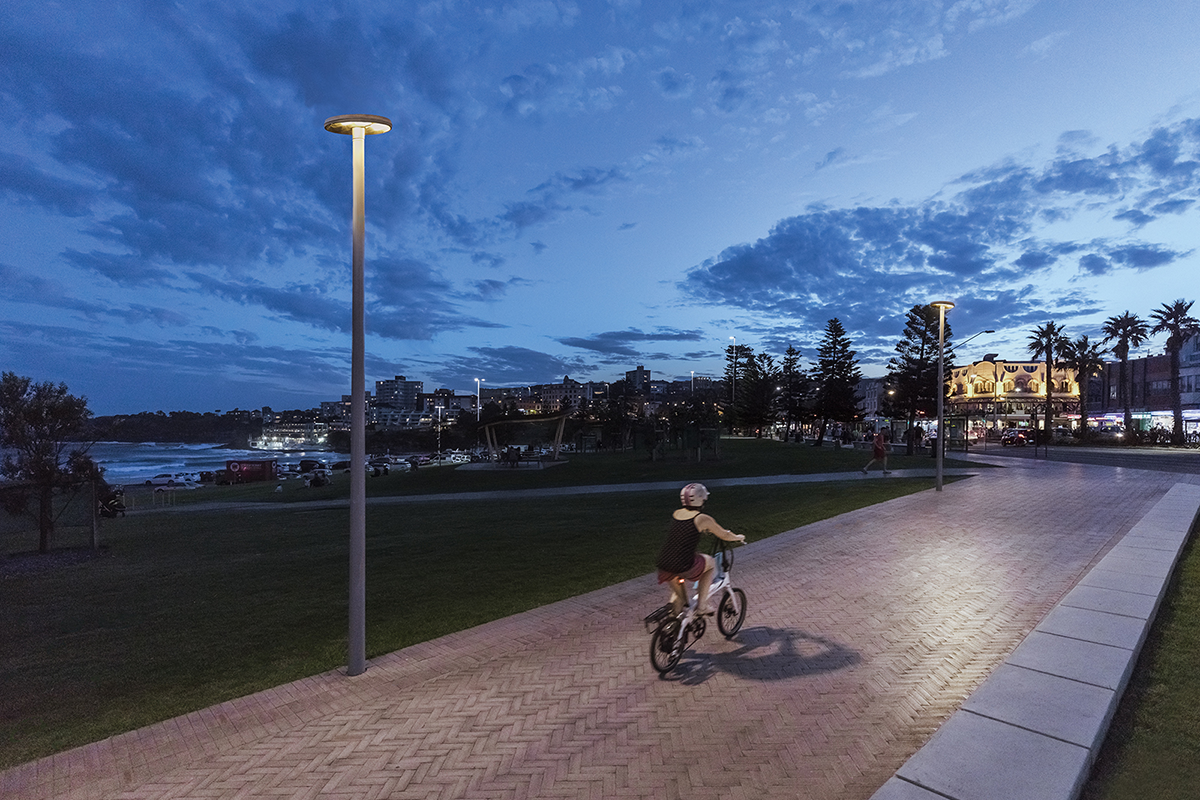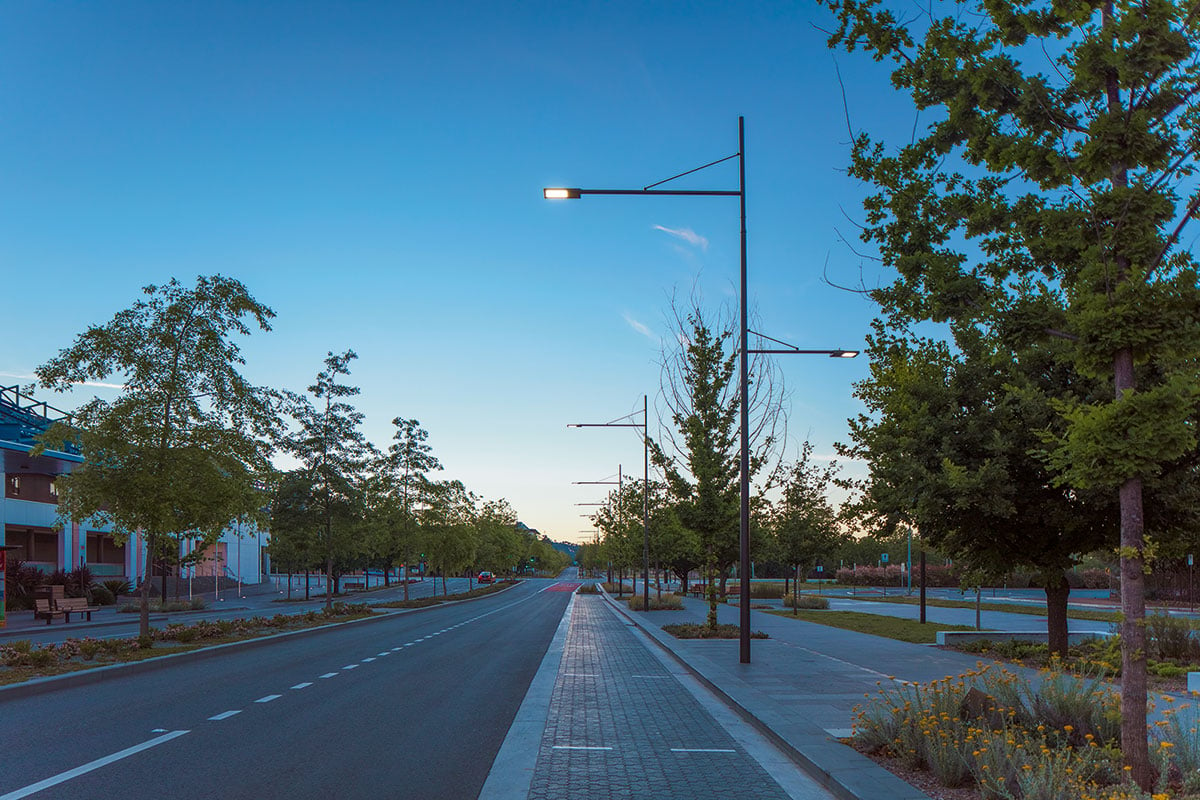
SAFETY ON BICYCLE PATHS
SAFETY ON BICYCLE PATHS
The right lighting reduces the risk of accidents in the dark
Cycling is becoming increasingly attractive. More and more cities and local authorities are expanding their network of cycle paths and investing in the corresponding infrastructure. "Germany – cycling country 2030" is the vision for more, better and safer cycling that is starting to take shape following the adoption of the National Cycling Plan 3.0 in April of this year. Citizens also had their say and contributed more than 2,000 ideas for improving cycling through online participation. They also voted on the key objectives of the National Cycling Plan 3.0. By far the most important key objective was considered to be seamless cycling in Germany. Specifically, this means significantly more and longer journeys, resulting in a doubling of the kilometres travelled by bicycle by 2030 compared with 2017. The future target is 180 instead of 120 journeys per person by bicycle per year and 6 kilometres instead of 3.7 kilometres per journey.
However, as the number of cyclists increases, so does the number of accidents, and cycling safety is therefore a key area for action. Good visibility is an important factor that contributes to reducing the risk of accidents at dusk or in the dark. To prevent collisions, cyclists must be able to see other road users, pedestrians and obstacles in good time. Street lighting in built-up areas usually also illuminates adjacent cycle paths. However, to prevent dark areas it must produce wide beam light distribution. On the other hand, cycle paths that are further away from roads, in parks and green areas, and on unlit roads outside built-up areas need special lighting tailored to the requirements of cyclists in order to ensure safety.
Good visibility and orientation for cyclists
Luminaire manufacturer WE-EF has developed a special optic according to European Standard EN 13201 especially for illuminating class S2-S4 footpaths and bicycle paths, which is available for many street light series in its portfolio. The illuminance-optimised [P65] lens system generates an asymmetric 'side throw' narrow-beam distribution for maximum luminaire spacing. The OLC® lens technology (One LED Concept) using the multi-layer principle guarantees precise, uniform light distribution and illuminates bicycle paths without spill.
A further optical component developed by WE-EF increases the efficiency; using RFC® (Reflection Free Contour) technology the conventional flat glass cover is replaced by a UV-stabilised, clear cover with a contoured surface following the shape of the lenses. This reduces the amount of internal reflection to a minimum. For control and networking, WE-EF luminaires are provided with operating electronics, standard-compliant interfaces such as DALI and Zhaga, and systems for demand-responsive switching and dimming. This means that there are no technical limits to smart, environmentally-friendly and energy-saving control scenarios. For example, Eco Step Dim Motion® senses movement or the presence of people. The luminaires communicate wirelessly and are ideal for footpaths, bicycle paths and residential streets.
